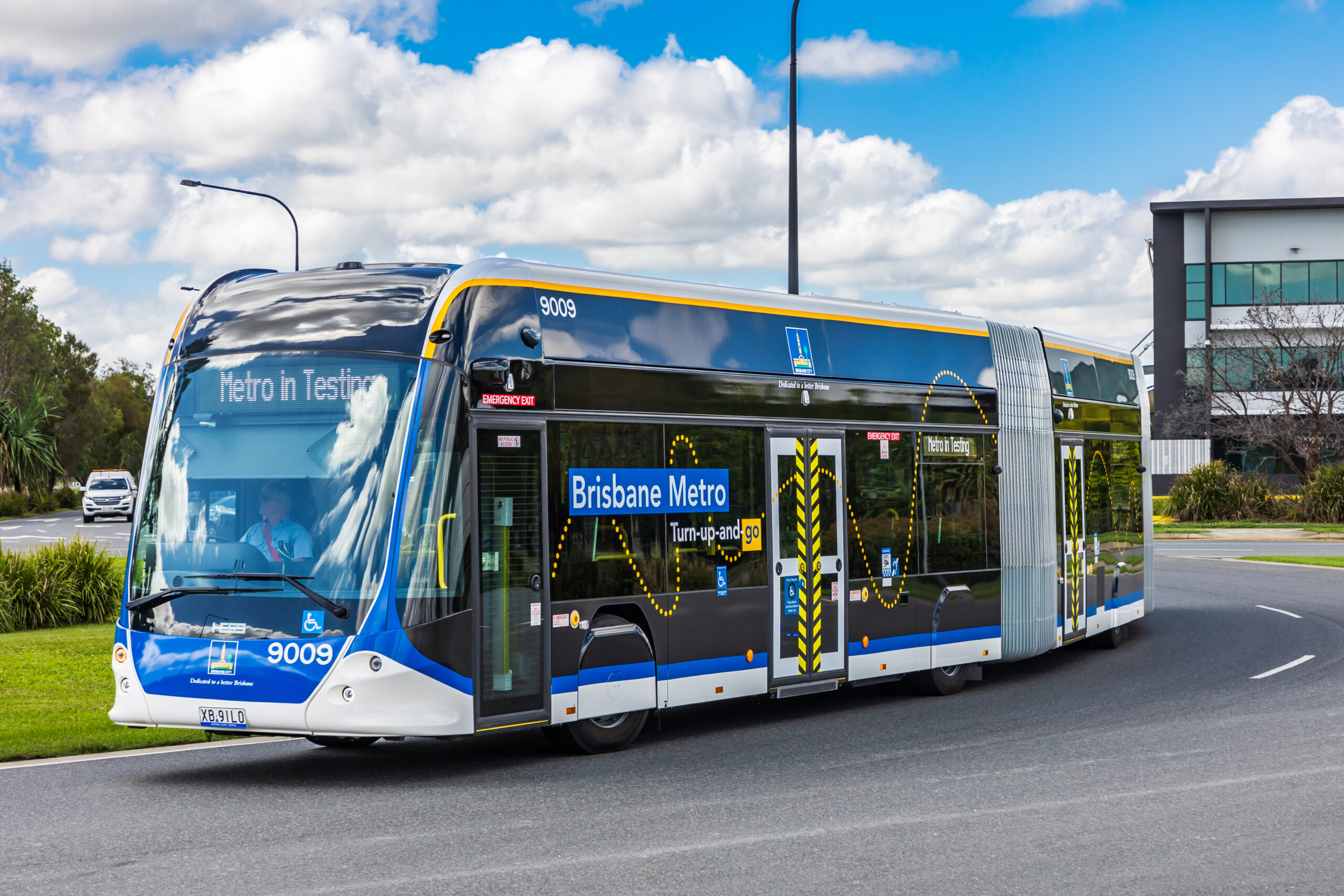Support CleanTechnica’s work through a Substack subscription or on Stripe.
There is a steady trickle of good news about EV charging in some US states. In Connecticut, NEVI funding will be used to install dozens of new fast charging ports. “DOT spokesperson Josh Morgan said the state is now finalizing the $5.4 million in grant agreements for the nine charging stations selected last year, including one site each in Meriden, Hartford, Willington, Waterbury and Putnam, and two each in Plainfield and New Milford,” CT Insider writes.
One of the more helpful requirements for the installation of new fast chargers is that when they are located along “Alternative Fuel Corridors,” they must be no more than 50 miles from one another. The range of each EV is much greater than this distance, but it is considered a good distance that will support EV drivers when they are driving longer distances and not leave them in a difficult situation.
Some people will complain EVs don’t have enough range; others will complain there aren’t enough public chargers. When new chargers are installed, they complain the number of new chargers is too small. The complaining seems to be partially based in emotion not in rational facts, because the complainers actually may not understand either the EV technology or the public charging availability.
The process for expanding EV charging infrastructure is not instantaneous. It is also not uniform. California has over 200,000 EV charging ports while other states have relatively few.
Connecticut has about 67,000 registered EVs so far, whereas California has many more. “Californians have now cumulatively purchased 2,468,158 new ZEVs.”
There are about 4,455 publicly available EV charging ports in Connecticut, with approximately 740 fast chargers.
The gas station footprint in Connecticut has been shrinking. “The number of gas stations in Connecticut has already dropped by more than half, from a peak of over 2,500 stations in the 1980s to 1,156 according to Fox’s latest count. Those numbers do not include car dealerships with a license to pump gas to their customers.”
One of the common and erroneous complaints about electric vehicles is that they “cost too much,” when, in fact, there are affordable electric vehicles — both new and used ones.
Connecticut is one of the richest states in America, so complaining about EV costs there doesn’t make a lot of sense, does it?
In particular, when the public figures out the new Nissan Leaf, new Chevy Bolt, and Chevy Equinox EV are all affordable and cost less than most gas vehicles, they might actually take the EV plunge. When they do, they may save money because electricity costs less than gasoline and the total cost of ownership for EVs can be less than for gas and diesel vehicles.
Of course, there is also a used EV market with even lower prices than new EVs offer.
Sign up for CleanTechnica’s Weekly Substack for Zach and Scott’s in-depth analyses and high level summaries, sign up for our daily newsletter, and follow us on Google News!
Have a tip for CleanTechnica? Want to advertise? Want to suggest a guest for our CleanTech Talk podcast? Contact us here.
Sign up for our daily newsletter for 15 new cleantech stories a day. Or sign up for our weekly one on top stories of the week if daily is too frequent.
CleanTechnica uses affiliate links. See our policy here.
CleanTechnica’s Comment Policy




